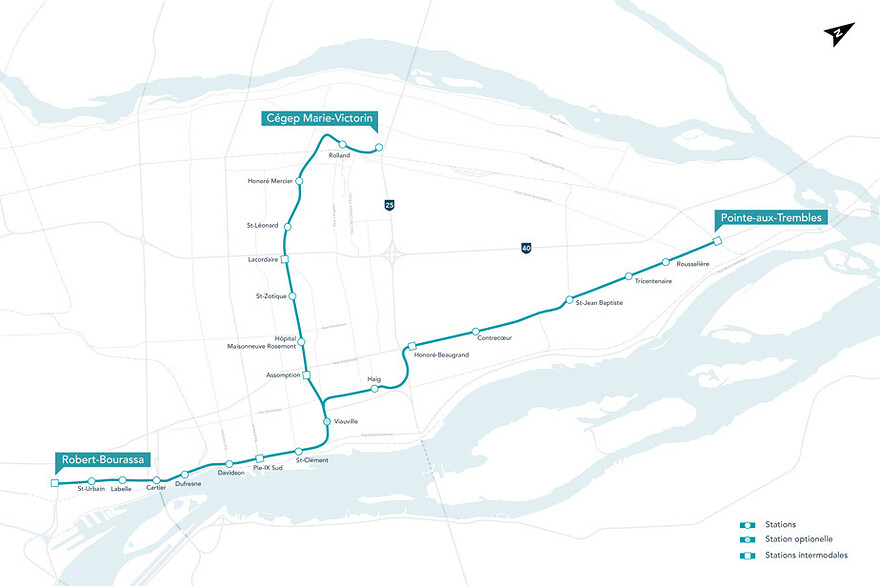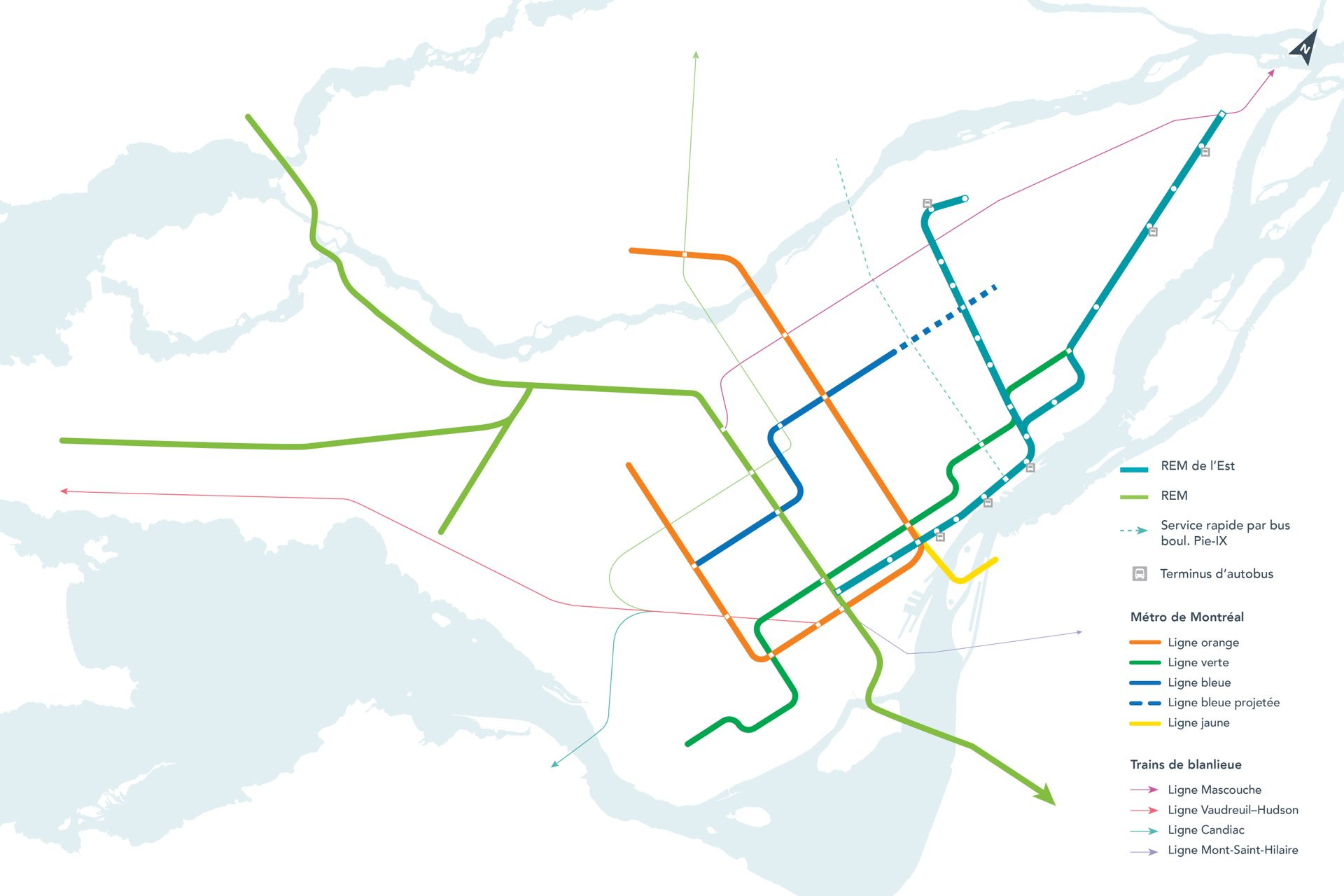robmausser
Senior Member
REM has rolled out the first Alstom Metropolis onto Brossard Station (with platform screen doors now completed) - vehicle testing will commence in January in the South Shore tracks:
View attachment 289645

Réseau express métropolitain - REM
Réseau express métropolitain - REM, Montréal. 43,284 likes · 100 talking about this. 67 km de métro léger automatique 5 stations en service 26 stations à terme Grand Montréal📍www.facebook.com
I cant remember, will service launch be with 2 pairs of these connected, or just the single pair.






